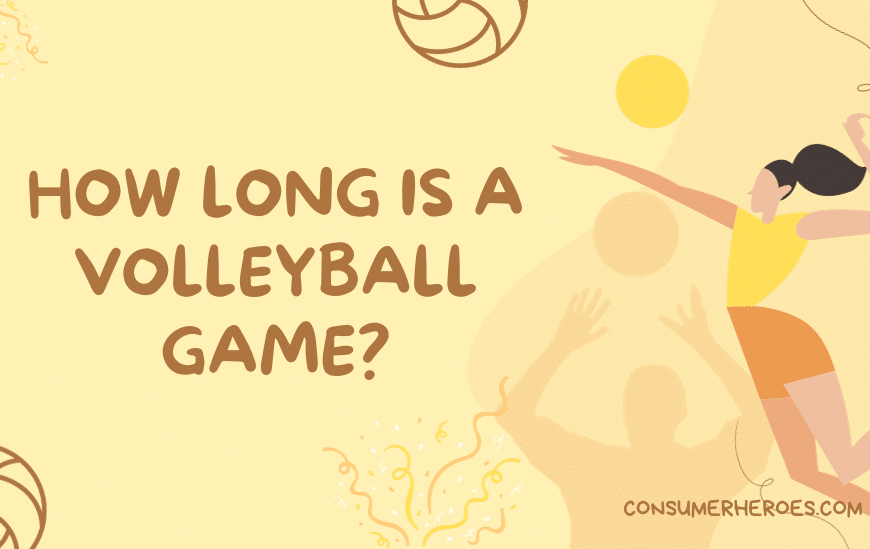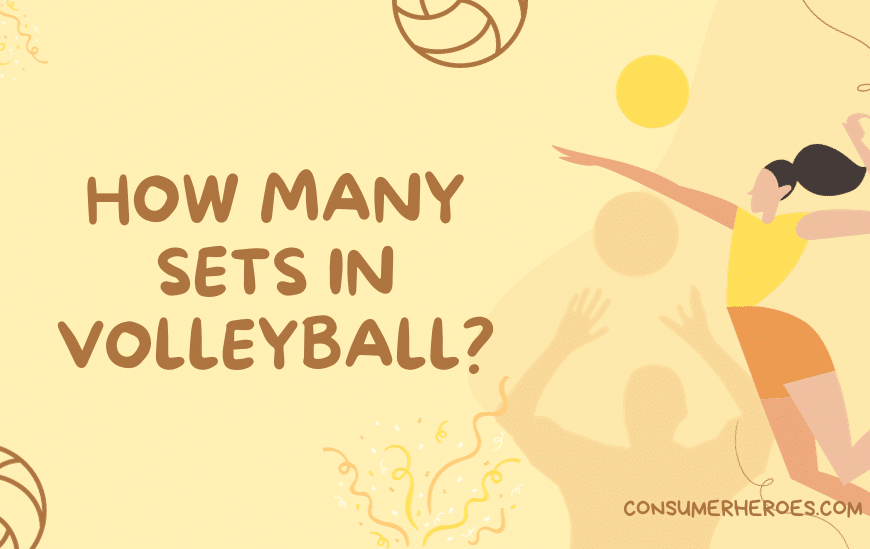Volleyball is a popular sport that is played by millions of people around the world. It is a fast-paced game that requires quick reflexes and good teamwork. One of the most common questions asked by people who are new to the sport is, “How many players are on a volleyball team?”
The answer to this question is straightforward. A volleyball team consists of six players on the court at any given time. There are three players in the front row and three players in the back row. The front row players are responsible for attacking and blocking, while the back row players are responsible for passing and digging.
Knowing how many players are on a volleyball team is just the beginning. There are many other rules and regulations that players must follow in order to play the game successfully. Understanding these rules is essential for anyone who wants to play volleyball competitively or just for fun.
Basic Understanding of Volleyball
Volleyball is a popular team sport played by two teams of six players each. The objective of the game is to score points by hitting the ball over the net and into the opponent’s court without the ball being returned. The team that wins the rally scores a point and serves the ball to start the next rally.
The game is played on a rectangular court, which is divided into two halves by a net. The standard dimensions of the court are 18 meters long and 9 meters wide, with a net height of 2.43 meters for men and 2.24 meters for women.
Each team is allowed to touch the ball up to three times before returning it over the net. The most common ways of returning the ball are by a bump, a set, or a spike. A bump is a pass made with the forearms, a set is an overhead pass made with the hands, and a spike is a powerful hit made with an overhead swing.
Volleyball is a fast-paced game that requires skill, agility, and teamwork. Players must be able to communicate effectively, anticipate their opponents’ moves, and react quickly to changes in the game. Successful teams are those that can work together to execute a variety of offensive and defensive strategies.
Overall, volleyball is a fun and exciting sport that can be enjoyed by people of all ages and skill levels. Whether playing for recreation or competition, the basic understanding of the game is essential for anyone who wants to participate in this popular sport.
Team Composition
Number of Players
A volleyball team consists of six players on the court at a time, with up to six substitutes allowed on the bench. A team can have a minimum of six players and a maximum of twelve players. However, only six players can play on the court at any given time.
Role of Each Player
Each player on a volleyball team has a specific role to play during the game. The six positions on the court are:
- Setter: The setter is responsible for setting up the ball for the hitters to attack. They are usually the team’s playmaker and are responsible for coordinating the team’s offense.
- Outside Hitter: The outside hitter is the primary attacker from the left side of the court. They are responsible for hitting the ball over the net and scoring points for the team.
- Middle Blocker: The middle blocker is responsible for blocking the opposing team’s attacks. They are also responsible for attacking the ball from the middle of the court.
- Opposite Hitter: The opposite hitter is the primary attacker from the right side of the court. They are responsible for hitting the ball over the net and scoring points for the team.
- Libero: The libero is a defensive specialist who is responsible for passing and digging the ball. They are not allowed to serve or attack the ball above the net.
- Defensive Specialist: The defensive specialist is responsible for playing in the back row and digging the ball. They are also responsible for serving as a substitute for the libero.
Each player has a specific role to play, and all six players must work together to score points and win the game.
Rules and Regulations
Player Substitution
Volleyball teams are allowed to substitute players during a match, but there are specific rules that need to be followed. A player can only be substituted in the back row and must enter the game in the same position as the player they are replacing. Additionally, a player can only be substituted once per rotation.
Player Rotation
Volleyball teams rotate their players in a clockwise direction after winning a rally and gaining the right to serve. The player in the right-back position will rotate to the right-front position and then move to the front row. The player in the front row will rotate to the left-front position, and the player in the left-front position will rotate to the left-back position.
Each player must rotate through each of the six positions on the court. The player in the back-right position will serve the ball, and once the team loses the serve, the players will rotate again.
It is important to note that players cannot skip positions during the rotation. If a player is not in the correct rotation order, the team will lose the serve and a point will be awarded to the opposing team.
Strategy and Tactics
Offensive Tactics
In volleyball, the main objective is to score points by landing the ball on the opponent’s side of the court. To achieve this, teams must use various offensive tactics. One of the most common tactics is the “set and spike” play. In this play, the setter sets the ball to a hitter who then jumps and spikes the ball over the net. Teams can also use quick attacks, where the hitter jumps and hits the ball before the opposing team’s blockers have a chance to set up. Another tactic is the “dump” play, where the setter unexpectedly tips the ball over the net, catching the opposing team off-guard.
Defensive Tactics
Defensive tactics are just as important as offensive tactics in volleyball. Teams must work together to prevent the opposing team from scoring points. One common tactic is blocking, where players jump and try to intercept the ball before it crosses the net. Teams can also use digging, where players dive to the ground to save the ball from hitting the floor. Another tactic is the “shift” play, where players move to cover a specific area of the court to prevent the opposing team from hitting the ball to that spot.
Overall, a successful volleyball team must have a balance of offensive and defensive tactics. By working together and using a variety of strategies, teams can effectively score points and prevent the opposing team from doing the same.
Variations in Team Composition
Volleyball is a sport that can be played in a variety of ways, and as such, there are different variations in team composition. The number of players on a volleyball team can vary depending on the level of play, the type of volleyball being played, and the rules of the league or tournament.
Indoor Volleyball
In indoor volleyball, teams typically consist of six players on the court at a time, with three players in the front row and three players in the back row. The front-row players are responsible for attacking, blocking, and setting, while the back-row players are responsible for passing and defending. However, teams can also play with four or five players, depending on the rules of the league or tournament.
Beach Volleyball
Beach volleyball is played with two players on each team, and the court is smaller than an indoor volleyball court. The smaller court size and fewer players on the court make for a more fast-paced and intense game. In beach volleyball, players must be skilled in all aspects of the game, as they are responsible for both attacking and defending.
Sitting Volleyball
Sitting volleyball is a variation of volleyball that is played by athletes with physical disabilities. The court is smaller, and the net is lower than in indoor volleyball. Teams consist of six players, and all players must remain seated on the court at all times. The rules of the game are similar to indoor volleyball, but players use a smaller ball and are allowed to block the serve.
In conclusion, the number of players on a volleyball team can vary depending on the type of volleyball being played, the level of play, and the rules of the league or tournament. Understanding the different variations in team composition can help players and coaches prepare for different types of games and tournaments.







